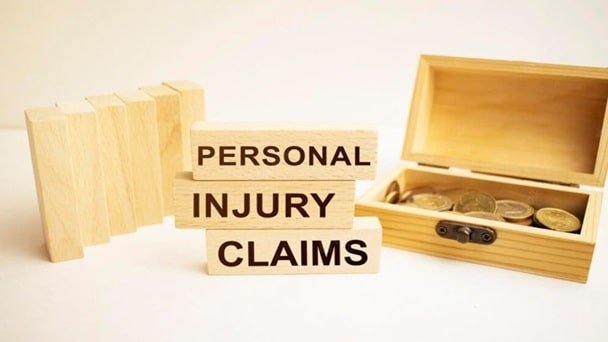Personal injury claims depend on evidence. Without clear proof, it becomes tough to show who was at fault and what losses you suffered. Robust evidence gives your claim weight and helps you receive fair compensation.
Minneapolis is a major city in Minnesota. In Minneapolis, personal injury cases are a common issue, mainly due to road accidents and workplace injuries. According to the Minnesota Department of Public Safety, there were more than 31,000 injury crashes reported statewide in 2022. Victims often face high medical bills and lost income.
That is why working with personal injury lawyers in Minneapolis can make a big difference, as they know what evidence courts and insurers will value most.

Understanding the Role of Evidence
Evidence in a personal injury claim is the information or proof that shows what happened, who caused the accident, and how it affected your life. Insurance companies and courts rely on solid documentation before awarding any settlement. In the absence of it, claims can be late, and sometimes eventually reduced or denied.
Types of Evidence That Help Support a Claim
1. Medical Records and Bills
Medical records triple under three distinct categories of evidence, as they describe the injuries you sustained, the treatment provided, and the costs you incurred. Bills, tests, and doctors’ notes address a continuous thread showing that the accident directly contributed to a specific health condition.
2. Police Reports and Other Official Documents
Police Reports can serve as a claim’s credibility. Police reports have facts relating to when and where the accident occurred and who was involved. Police reports may also include notable facts like traffic tickets and negligent behavior. Other official documents, like workplace incident reports, operate in the same capacity.
3. Witness Statements
When an outside party has witnessed the accident, their recollections can help confirm your version of events. Witnesses are often going to notice details you have missed, as well as an additional, independent perspective. Witness statements are helpful because they make it more difficult for the other party to refute your claim.
4. Photographs and Videos
Visual evidence is also compelling. Photographs of the accident site, damaged property, or visible injuries depict nuances that words will never convey. Videos such as security, traffic, GoPro, or personal cellphone could also support timelines and context. These images are hard to refute in the insurance sector.
5. Expert Testimony
Experts can also support a claim as a witness to clarify complex issues. For example, if your injury has altered your daily routines, a doctor can explain these alterations, while an accident reconstructionist can help explain the circumstances of a specific accident. Expert testimony can bolster and clarify a client’s experience for a judge and/or jury.
6. Employment and Wage Records
Lost wages are standard heads of damages in personal injury claims. Pay stubs, tax returns, or employer letters prove how much money you lost because of missed work. They can also show how injuries may affect your ability to earn in the future.
How to Preserve and Collect Evidence
Collecting and keeping evidence safe is just as important as gathering it. Here are a few steps to follow:
- Get medical care right away after an accident.
- Report the accident to the police or workplace authorities.
- As soon as you can, take photos and videos.
- Keep all of the bills, receipts, and official documents.
- Organize everything into a folder, both digitally and physically.
- Work with a personal injury lawyer westchester ny to get copies of records that you might otherwise be unable to access.
Common Mistakes That Compromise Evidence
Some victims inadvertently compromise their case by making easy mistakes. Some of the more common traps involve:
- Delaying medical treatment – The longer someone delays medical treatment for injuries, the more difficult it will be to show that the injuries are associated with the incident.
- Failure to document – If there are no photographs or videos of the scene, you cannot fully document the case.
- Failing to remember small expenses – Smaller expenses, like the cost of medication or other out-of-pocket costs such as travel, add up quickly and are also recoverable, so you should keep records of them.
- Social media – Posting too many details about your incident could allow the insurers to question claims you make if they find details that contradict the posts you made on social media.
Why Strong Evidence Improves Results
When your claim is supported by clear evidence, it becomes much easier to prove liability and damages. Substantial evidence tends to produce a quicker claims process, fewer disputes from insurance companies, and a greater likelihood of being awarded a fair settlement. In certain instances, substantial evidence can expedite a trial process or help to avoid a lengthy trial altogether.
Key Takeaways
- Medical records and bills are the foundation of nearly every claims process.
- Police reports, photos, and witness statements add strong support.
- Experts and employment records prove long-term impacts.
- Organizing and preserving evidence is just as important as collecting it.
- Avoid mistakes like delaying care or posting details online.

Our dedicated team gathers information from all the reliable sources to make the law accessible and understandable for everyone. We provide the latest legal news stories from across the country, delivered straight to you.
